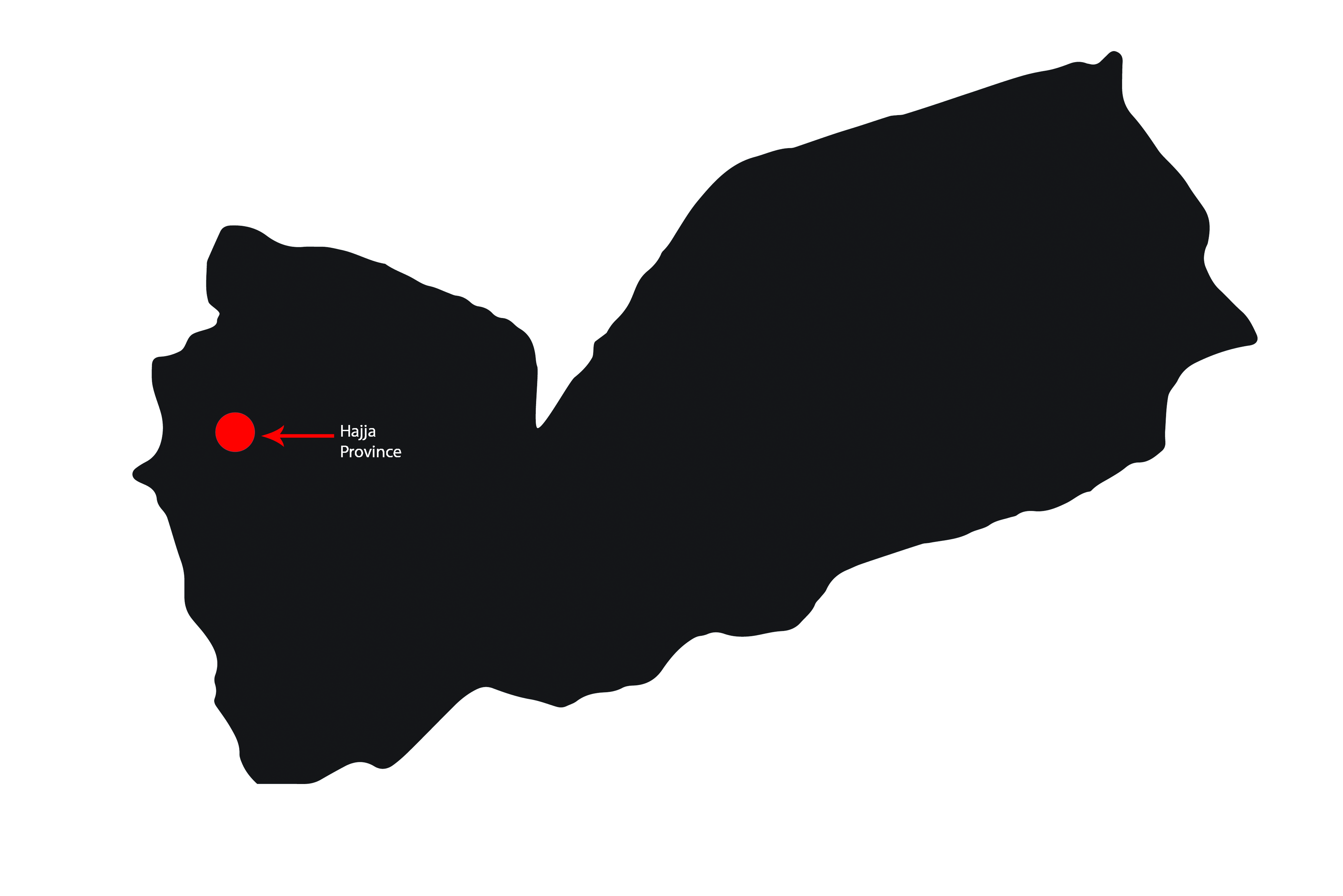The United Nations reported that more than 100 people including 22 children were killed in a U.S.-backed, Saudi-led airstrike on a crowded market in Yemen on March 15.
The attack took place in the Hajja province, an area controlled by Yemen’s Shiite rebels known as Houthis. This is but one of several similar airstrikes that have killed hundreds of civilians since the Yemen civil war began last year.
In response to ongoing attacks that have resulted in large amounts of civilian casualties, America’s ongoing military support of the Saudi-led offenses against Houthi rebels began last March. Hundreds of thousands of Yemeni’s took to the streets to protest the first anniversary of the U.S.-Saudi coalition.
The conflict in Yemen escalated into a brutal war on March 26, 2015 that affected most of the country.
The violence and subsequent restrictions on imports have disrupted the delivery of food, fuel and basic services throughout Yemen.
The Saudi-led airstrikes are meant to target local rebel groups, yet they regularly hit civilian areas. Moreover, human rights groups say some of these airstrikes amount to war crimes.
United Nations Humanitarian Chief Stephen O’Brien stated Yemen is experiencing a “humanitarian catastrophe.”
“Since March 2015, more than 35,000 casualties, including over 6,000 deaths, have been reported by health facilities across the country,” O’Brien said. “The United Nations has confirmed that at least 2,997 of those killed and 5,659 of those injured are civilians. Conservative estimates suggest that well over 700 children have been killed and over 1,000 more injured.”
Sarah Leah Whitson, executive director of Human Rights Watch’s Middle East and North Africa division shared some of the questions she’s been asked in response to the attacks that have caused more than 6,000 dead.
“Yemenis are asking me, ‘Why is there no global outrage when our schools, our universities, our hospitals, our clinics, when football fields, when playgrounds are bombed with U.S. bombs?'”
According to UNICEF, six children are killed or injured every day and children as young as 10 years old are recruited to fight.
A report by UNICEF verified that children represent around one-third of all civilian deaths since March 2015, which has resulted in over 900 children killed, and more than 1,300 injured in the past year alone.
The violence has forced many people to flee, and displacement levels have risen sharply from 334,000 at the end of 2014 to 2.4 million in February 2016.
Most of those who have been displaced must live in overburdened host communities, sharing homes of relatives, sheltering in public buildings, makeshift tents, or in the open air.
The U.S. has reinforced the Saudi-led coalition’s airstrikes through arms sales and direct military support. Presently, Saudi Arabia is one of the U.S. arms industry’s biggest customers.
In Nov. 2015, the State Department approved a billion-dollar deal to restock Saudi Arabia’s air force arsenal, which was depleted by its bombing campaign in Yemen.
Nevertheless, the civil war has left Yemen divided, granting Al-Qaeda the opportunity to expand and seize cities as well as large amounts of land.
ISIS militants have taken advantage of Yemen’s warfare to wage a series of deadly attacks across the country.





The article was instead catching and interesting enough
to get all possible nuances to remember. I do enjoy reading the material and the writing manner of the author, etc as I did
if finding https://eyebardc.com/top-secrets-of-how-to-write-an-argumentative-essay-outline/. I advise you to write such sorts of articles every day
to provide the audience like me all the essential information. In my view,
it is better to be prepared for all the unexpected situations in advance,
so thanks, it was pretty cool.